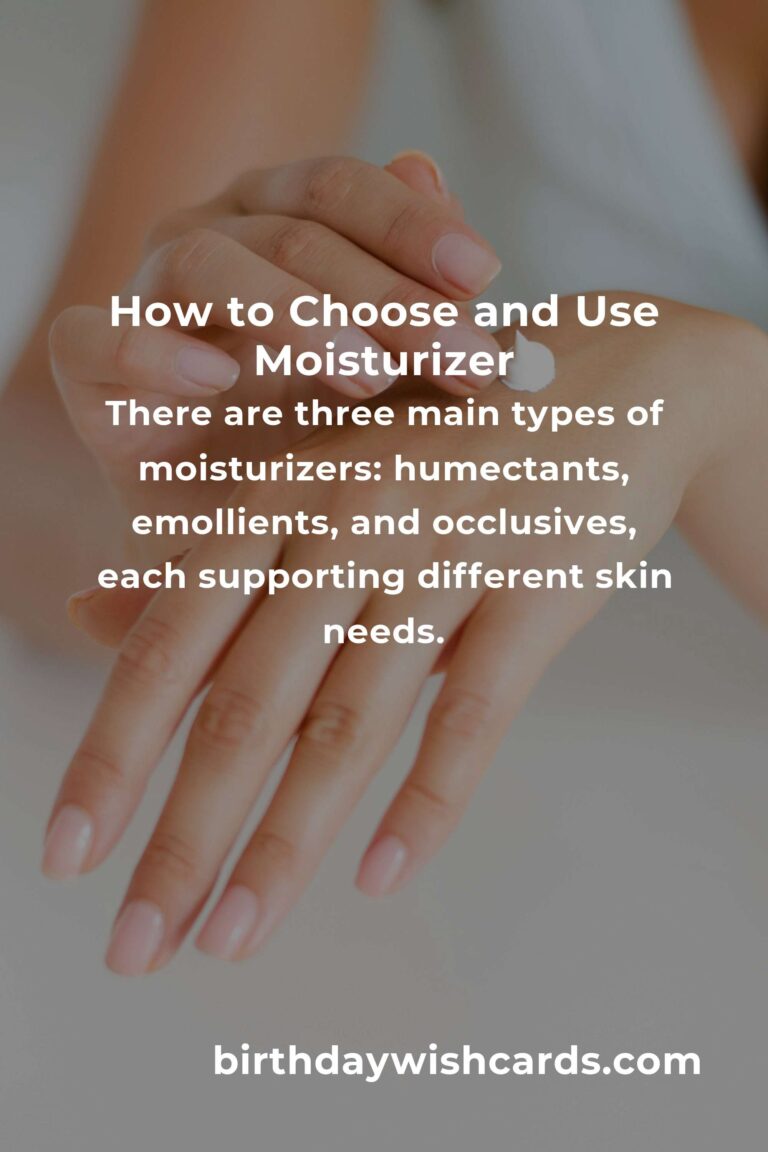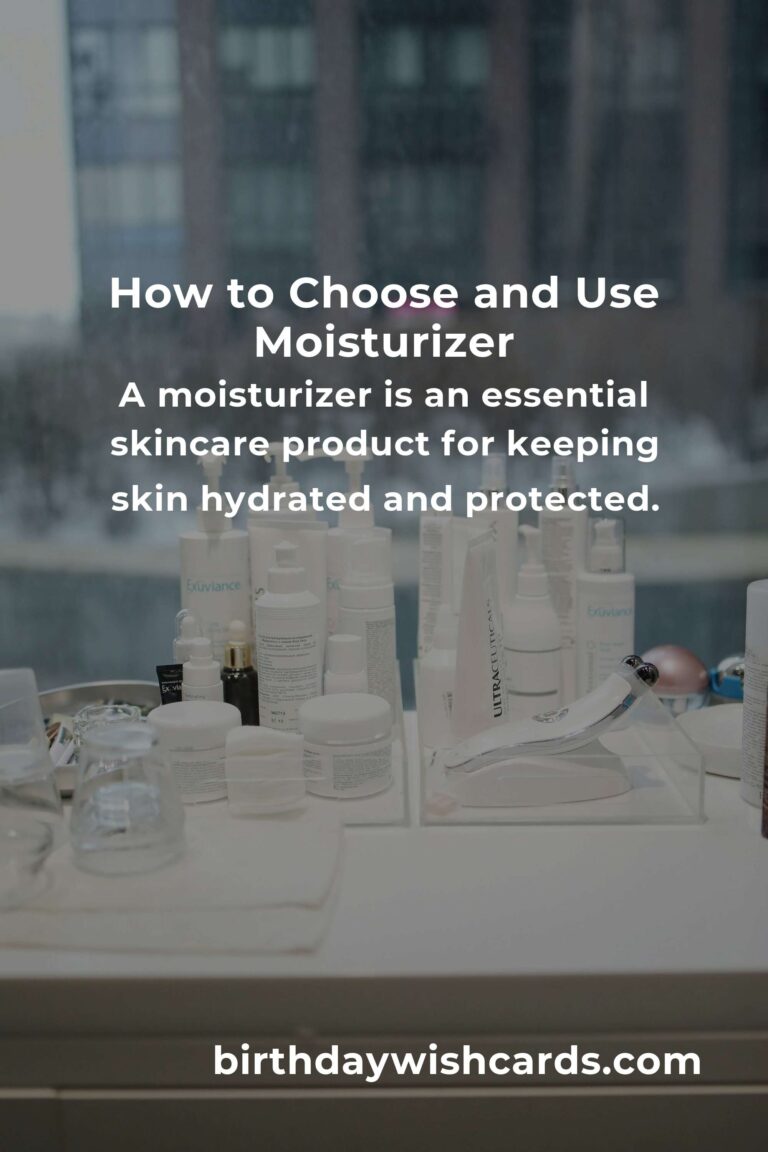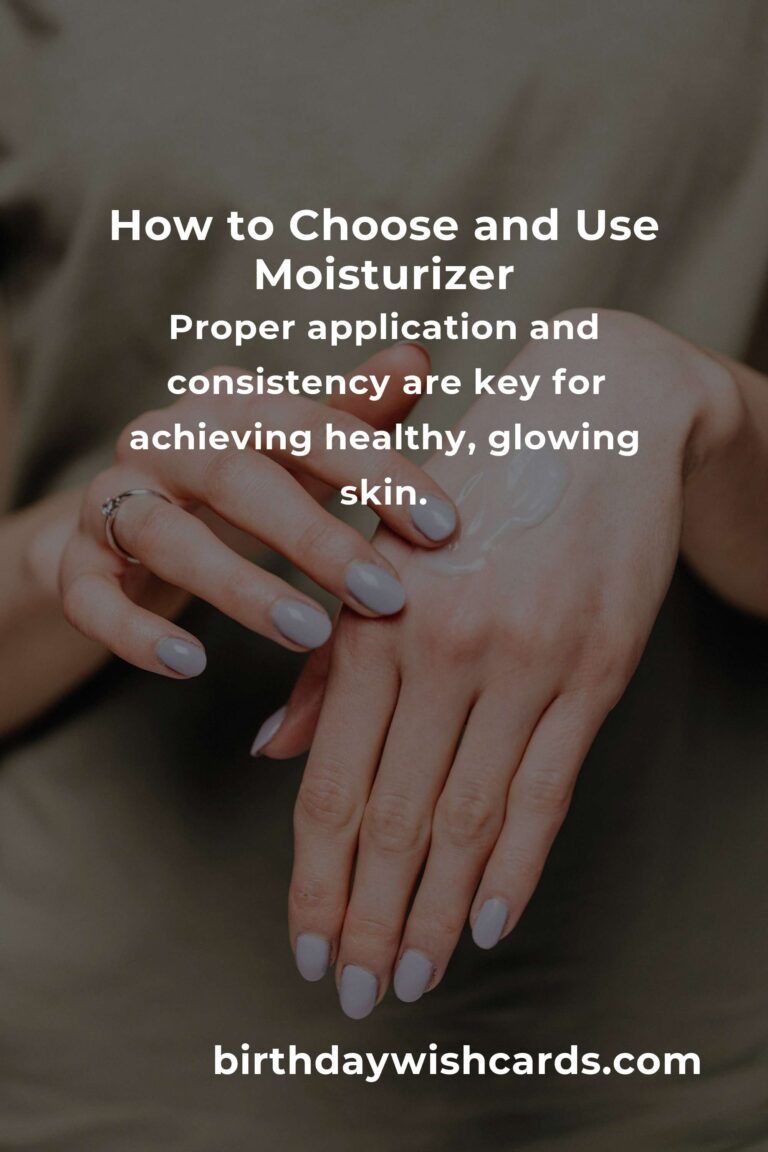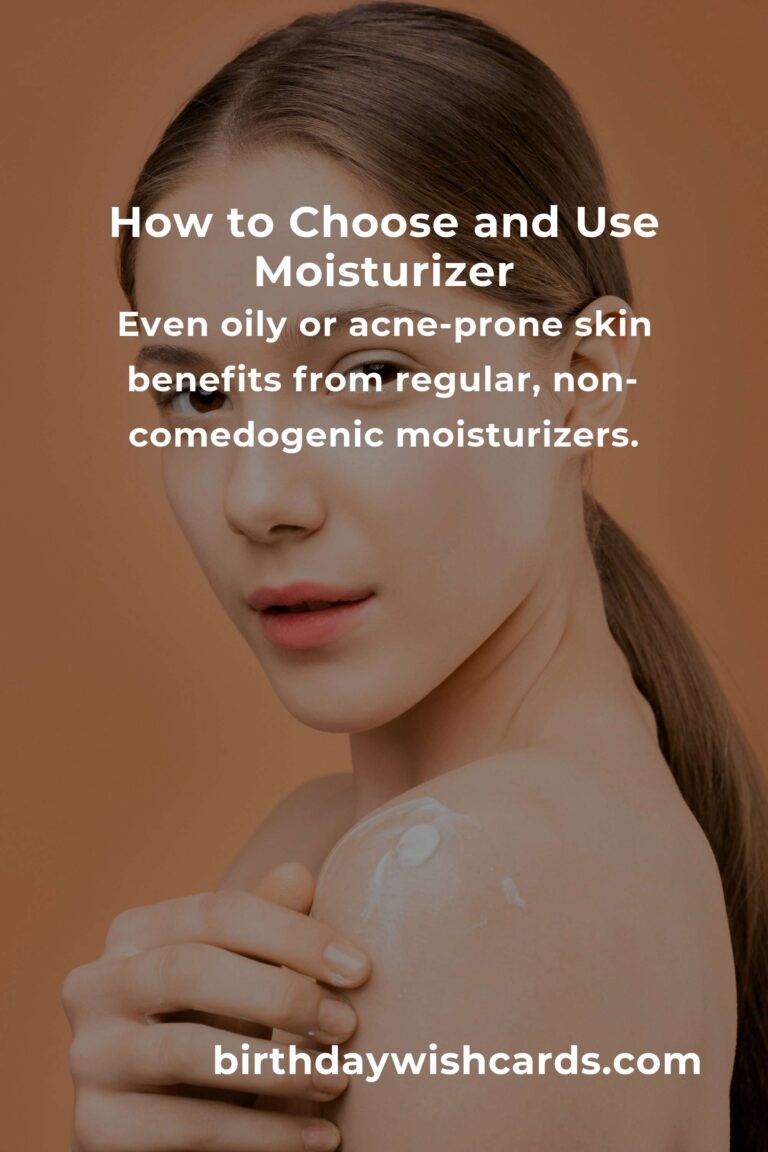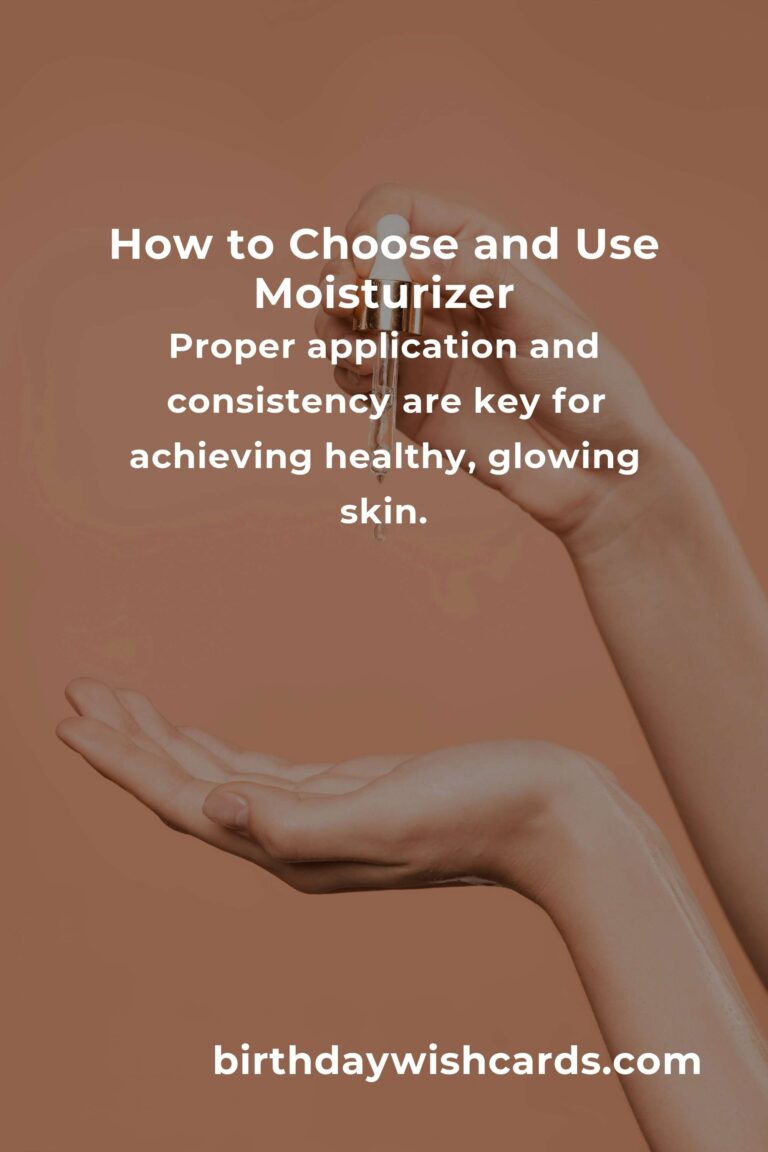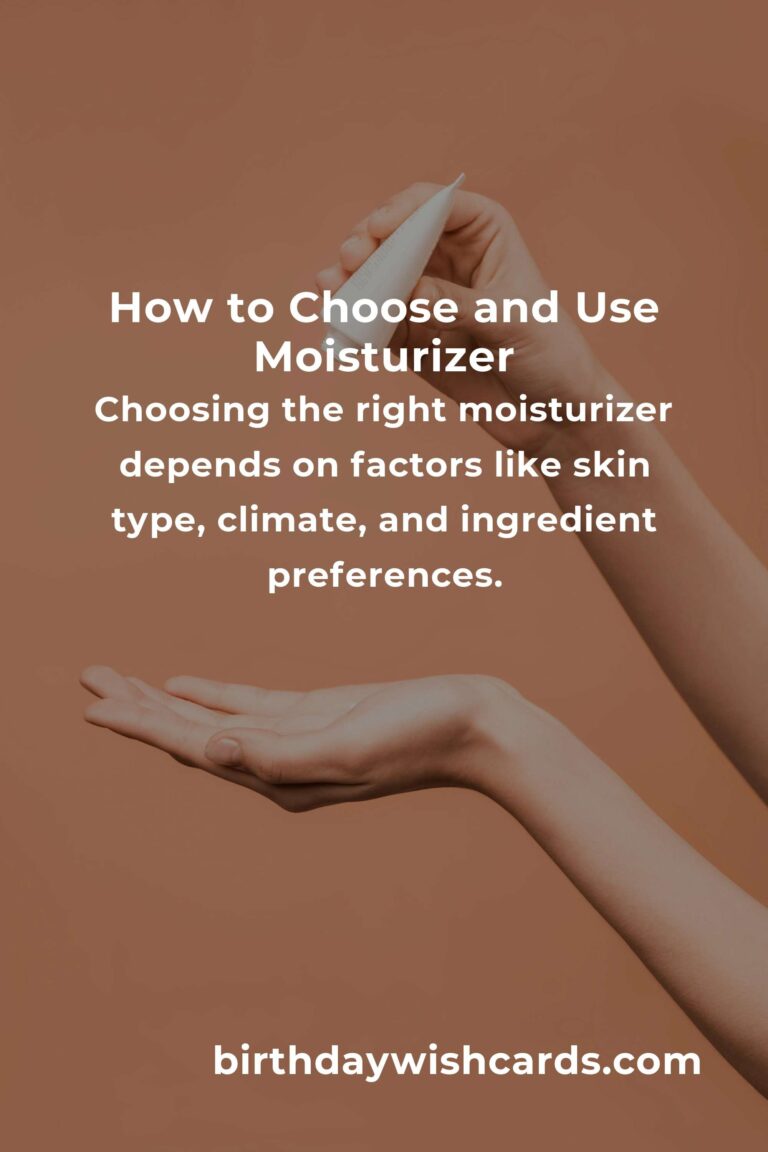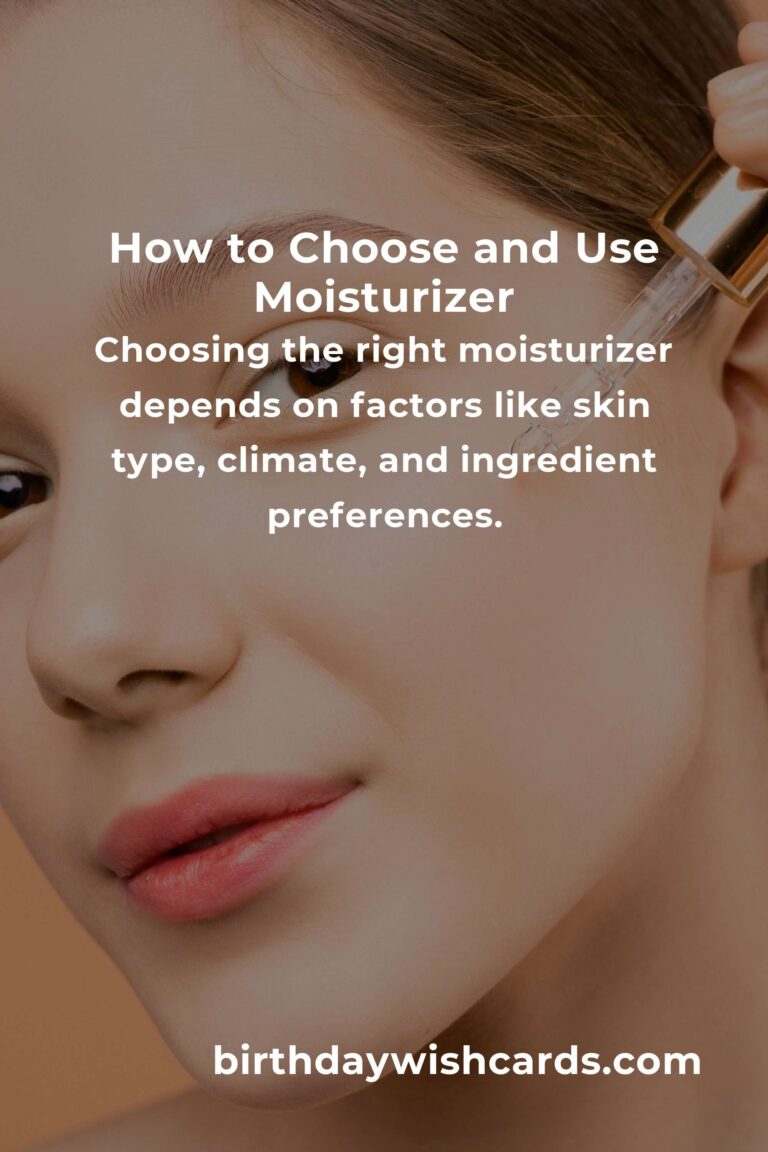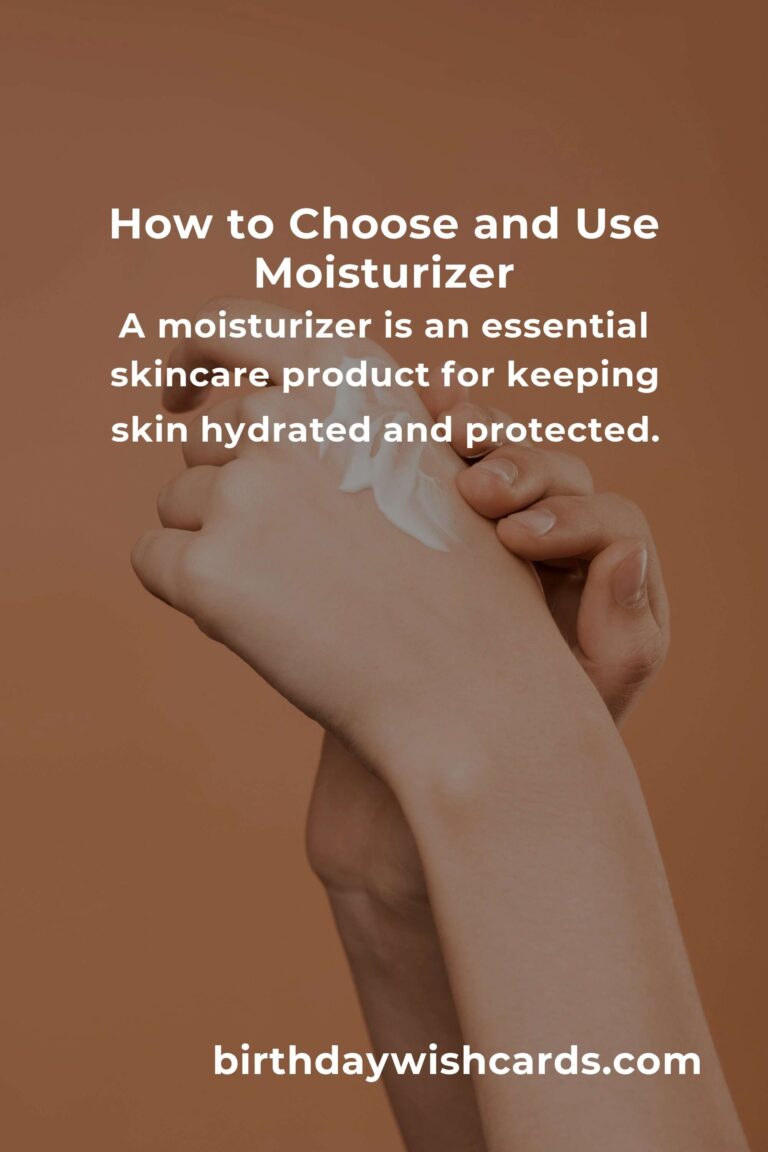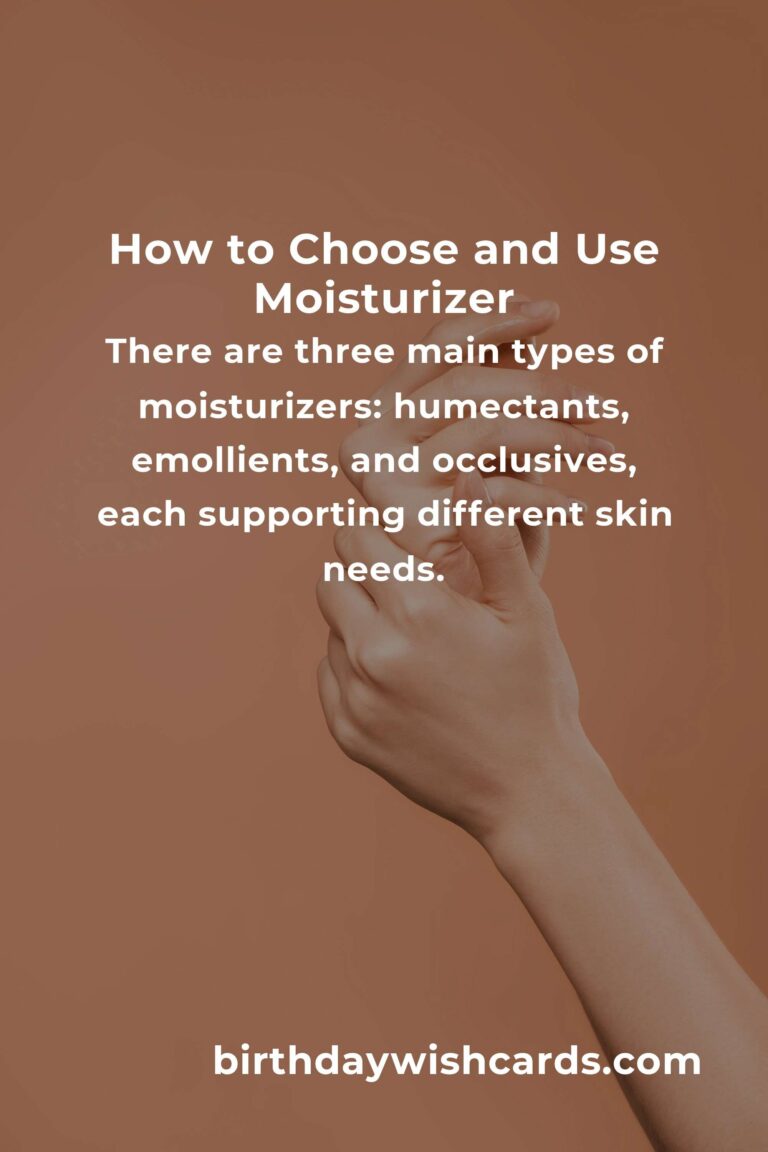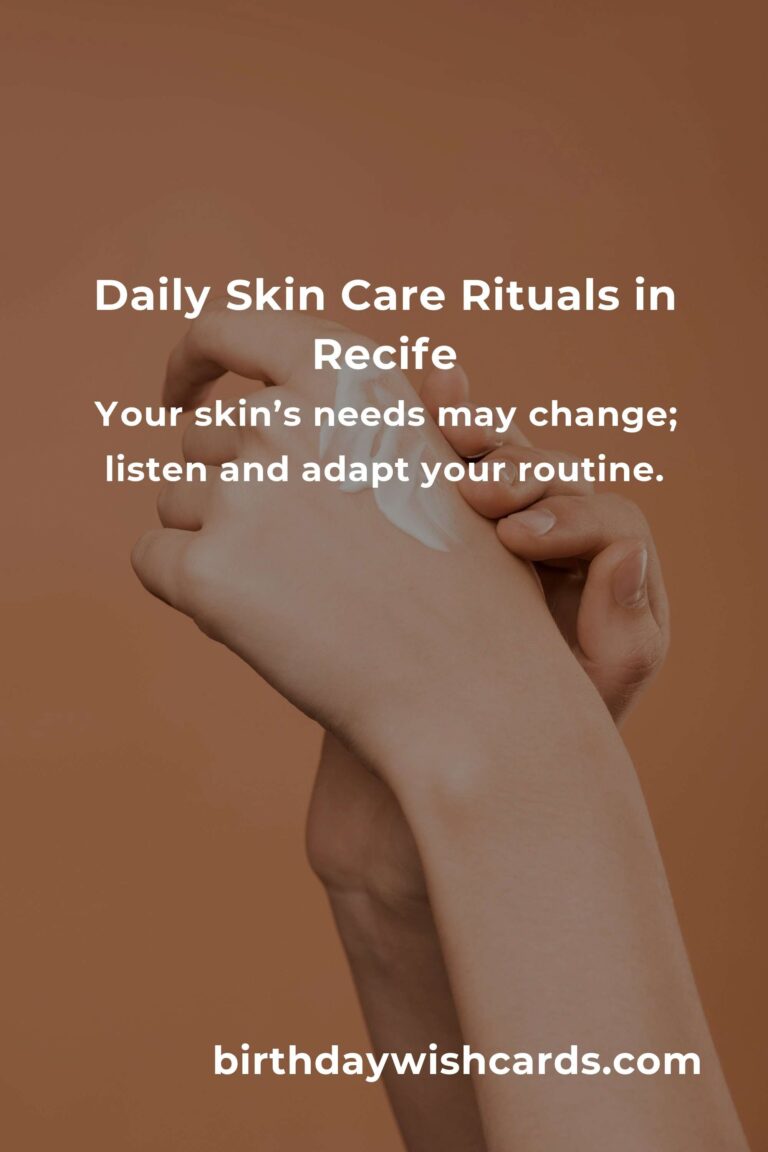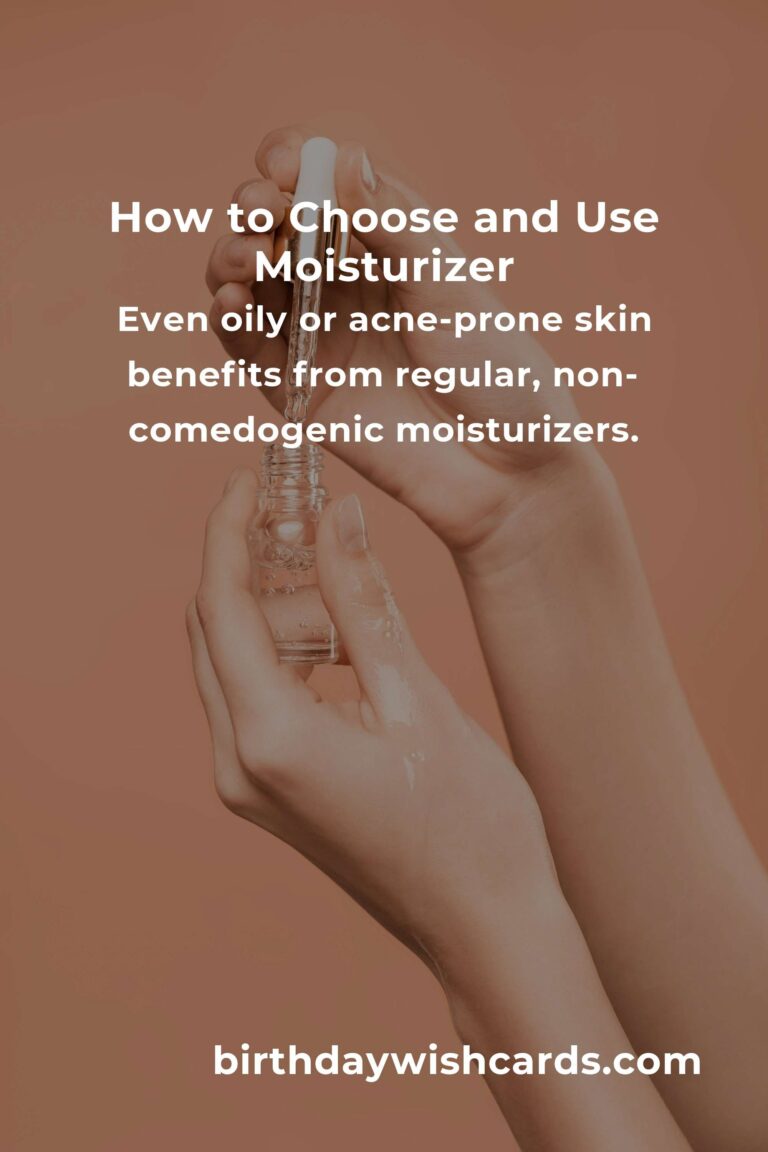
Taking the first step into skincare can feel overwhelming. With shelves lined with bottles, jars, and tubes promising hydration, anti-aging, and glowing skin, it’s easy to feel lost—especially when it comes to moisturizers. In this comprehensive beginner’s guide, we’ll break down everything you need to know about moisturizers, their types, ingredients, how to choose the right one, and how to use them effectively for optimal skin health.
What is a Moisturizer?
A moisturizer is a skincare product designed to hydrate the skin and prevent dryness. It works by trapping water in the skin’s outermost layer, creating a barrier that helps protect against environmental stressors and dehydration. Moisturizers are an essential part of any basic skincare routine, regardless of skin type.
Why is Moisturizing Important?
Properly moisturized skin not only looks better, but it also functions better as a barrier against external irritants and pollutants. Moisturizing helps:
- Prevent dryness and flakiness
- Reduce the appearance of fine lines and wrinkles
- Improve skin texture and radiance
- Balance oil production, even for oily skin types
- Protect the skin’s natural barrier
Regular moisturizing is key for both short-term comfort and long-term skin health.
Types of Moisturizers
Not all moisturizers are the same. Understanding the main types of moisturizers and their functions helps in selecting what’s best for your skin. Here are the primary categories:
1. Humectants
Humectants are ingredients that draw water from the air and deeper layers of skin to the outer layer. They’re great for hydrating dry or dehydrated skin. Common humectants include:
- Glycerin
- Hyaluronic acid
- Propylene glycol
- Aloe vera
2. Emollients
Emollients work by filling in cracks between skin cells, making the skin feel smoother. They soften and condition the skin. Examples are:
- Shea butter
- Squalane
- Cocoa butter
3. Occlusives
Occlusives create a physical barrier to prevent water loss. They are especially beneficial for very dry skin or cold, dry climates. Examples include:
- Petrolatum
- Lanolin
- Mineral oil
Many moisturizers combine these elements for balanced hydration and protection.
Identifying Your Skin Type
Choosing the right moisturizer starts with understanding your skin type, as each type has unique needs:
- Normal Skin: Not too oily or dry; most moisturizers are suitable.
- Dry Skin: Needs richer, cream-based moisturizers with emollients and occlusives.
- Oily Skin: Benefit from lightweight, oil-free gels or lotions with humectants.
- Combination Skin: May need to use different moisturizers for different areas.
- Sensitive Skin: Look for fragrance-free, hypoallergenic, and soothing ingredients.
Key Ingredients to Look For
Understanding specific ingredients in moisturizers can help you meet your skin’s needs. Here are some of the most common and effective ones:
- Hyaluronic Acid: Attracts and retains moisture for plumper skin.
- Glycerin: A gentle, effective humectant suitable for all skin types.
- Squalane: Mimics your skin’s natural oils for light moisture without greasiness.
- Ceramides: Reinforce the skin’s natural barrier; ideal for dry or sensitive skin.
- Niacinamide: Calms redness, improves uneven tone, and strengthens the skin barrier.
Avoid potential irritants such as high concentrations of alcohol, synthetic fragrances, and harsh preservatives if you have sensitive or reactive skin.
How to Choose the Right Moisturizer
Selecting the best moisturizer comes down to your skin type, climate, and personal preferences. Here are steps to help you decide:
- Identify your skin type.
- Check the ingredient list. Look for ingredients that serve your needs—hydration, barrier repair, oil control, etc.
- Consider the texture. Gels and lotions are lightweight; creams and ointments are heavier.
- Test for irritation. Patch test before full application if you have sensitive skin.
- Adjust seasonally. You may need a richer formula in winter and a lighter one in summer.
If possible, consult with a dermatologist for highly specific needs, such as eczema or acne-prone skin.
How to Apply Moisturizer Properly
Using your moisturizer correctly ensures you get the maximum benefits:
- Cleanse: Begin with a gentle cleanser to remove impurities.
- Tone (optional): Apply a toner to balance skin pH and prepare it for hydration.
- Serums (optional): Use hydrating, brightening, or treatment serums before your moisturizer.
- Moisturize: Apply a nickel-sized amount to damp skin for better absorption.
- SPF (AM routine): In the morning, always follow with sunscreen for protection.
Gently massage the moisturizer in upward, circular motions for even distribution and to avoid tugging the skin.
Moisturizers for Special Skin Concerns
Some moisturizers are formulated to address specific skin concerns beyond basic hydration:
- Acne-Prone Skin: Look for non-comedogenic, oil-free moisturizers with soothing and mattifying ingredients.
- Aging Skin: Choose products with added antioxidants, peptides, and ingredients like retinol (night) for firming and rejuvenation.
- Hyperpigmentation: Select moisturizers that contain brighteners such as vitamin C or licorice root extract.
- Red, Irritated Skin: Opt for calming ingredients like aloe vera, allantoin, and colloidal oatmeal.
Common Myths About Moisturizers
Myth 1: Oily skin doesn’t need moisturizer. Even oily skin benefits from hydration. Skipping moisturizer can actually lead to overproduction of oil.
Myth 2: Heavy creams are always better. The best moisturizer is the one that matches your skin’s needs, not necessarily the thickest one.
Myth 3: Natural ingredients are always safer. While natural-sounding formulas can be gentle, some plant extracts can cause irritation for sensitive skin. Always patch test!
How Climate Affects Your Moisturizer Choice
Your environment plays a major role in how your skin responds to products:
- Humid Climates: Lightweight gels and lotions might be best.
- Dry, Cold Climates: Rich creams and occlusives offer better protection.
- Sunny Regions: Use moisturizers with added SPF or layer separately.
Frequently Asked Questions for Moisturizer Beginners
How often should I use a moisturizer?
It’s best to use moisturizer twice daily—morning and night—for consistent hydration and protection.
Can I use body moisturizer on my face?
Facial skin is more delicate, so use products formulated for your face, as body lotions may be too heavy or contain irritants.
What if my skin feels greasy after moisturizing?
You may be using too much product or a formula that’s too rich for your skin type. Try using a smaller amount or switching to a lighter texture.
Should I stop moisturizing if I break out?
No. Instead, switch to a non-comedogenic, oil-free formula and avoid heavy creams or ingredients that can clog pores.
Simple Sample Moisturizer Routines for Beginners
For Normal to Dry Skin
- Gentle cleanser
- Hydrating toner (optional)
- Moisturizer with hyaluronic acid, ceramides, and squalane
- SPF (AM)
For Oily/Acne-Prone Skin
- Oil-control cleanser
- Salicylic acid or niacinamide toner (optional)
- Oil-free, non-comedogenic gel moisturizer
- SPF (AM)
Conclusion: Achieve Your Best Skin with the Right Moisturizer
Moisturizer is a pillar of any solid skincare routine, no matter your skin type or goals. By understanding your skin’s needs, the types of moisturizers, and core ingredients, you can find your perfect match. Remember: Start simple, patch test when trying new products, and adjust as your environment and skin change. Consistent hydration is the foundation for a healthy, glowing complexion!
A moisturizer is an essential skincare product for keeping skin hydrated and protected.
There are three main types of moisturizers: humectants, emollients, and occlusives, each supporting different skin needs.
Choosing the right moisturizer depends on factors like skin type, climate, and ingredient preferences.
Even oily or acne-prone skin benefits from regular, non-comedogenic moisturizers.
Proper application and consistency are key for achieving healthy, glowing skin.
#moisturizer #skincare #beginners #skinhealth #beauty


